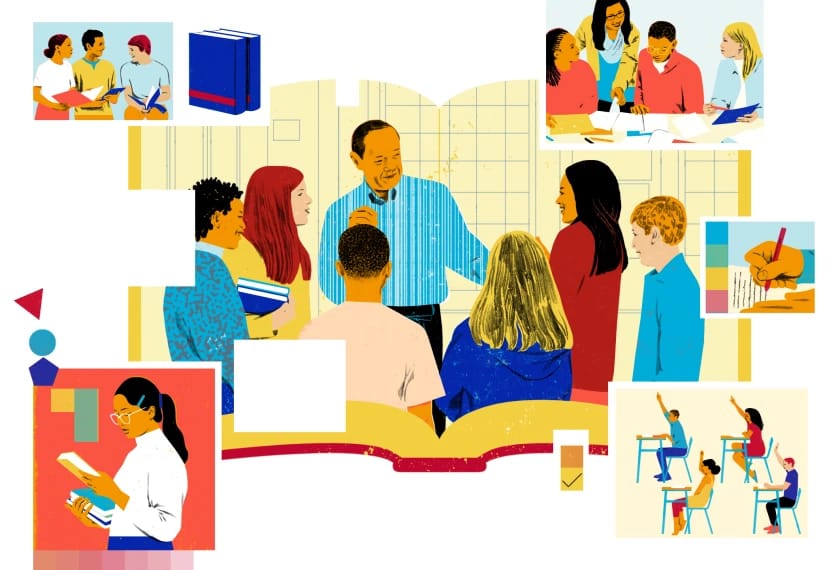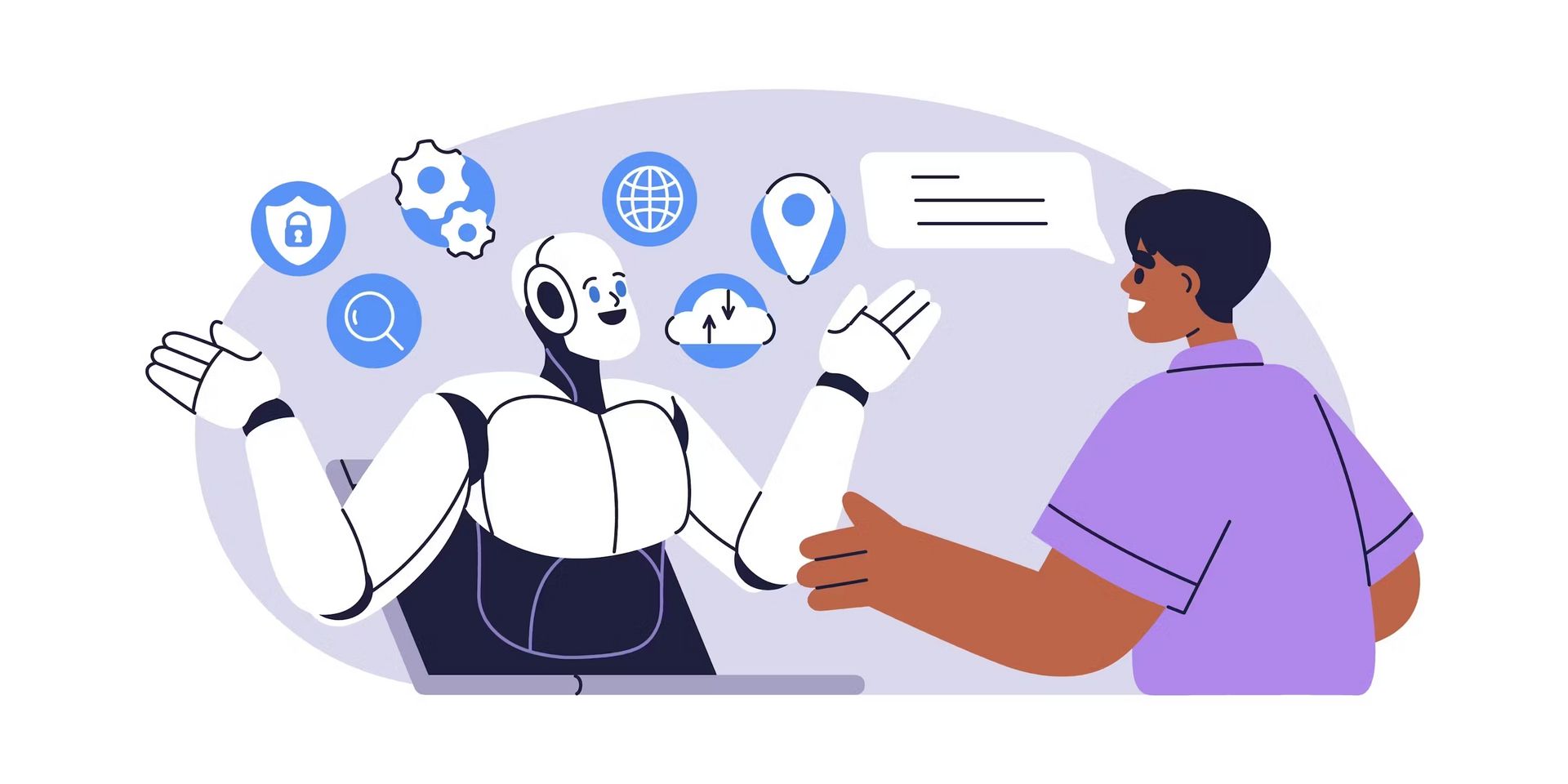- Playground Post
- Posts
- 🛝 Teachers Cracked the SEL Code, Schools Reevaluating Their Tech, AI Bots
🛝 Teachers Cracked the SEL Code, Schools Reevaluating Their Tech, AI Bots
What do these mean for educators
Welcome to Playground Post, a bi-weekly newsletter that keeps education innovators ahead of what's next.
Here's what we have on deck for today…
Three Teachers Just Cracked the SEL Code
Schools Are Finally Asking: "Will This Tech Work for ALL Our Students?"
Students Are Telling AI Bots What They Won't Tell Adults
Three Teachers Just Cracked the SEL Code. It's Not What You Think

Social-emotional learning gets a lot of buzz, but most programs miss the mark.
Three veteran educators reveal what actually works and it's not fancy curricula or district-wide initiatives.
Michelle Shory starts every class with dialogue journals - simple spiral notebooks where students share concerns and celebrations while she responds personally.
"These journals are simple but powerful," she says. For 90-minute block classes, she incorporates yoga poses and breathing exercises to help students reset.
Melanie Battles uses greeting choice boards where students pick how they want to greet their teacher each morning: smile, fist bump, hug, high-five. She also measures student confidence before introducing new content, asking, "On a scale of 1-5, how well do you learn new things?"
But Leah Porter, Michigan's 2022 Teacher of the Year, nailed the real insight: "What makes SEL powerful for students is not in the instruction of HOW to do SEL, but it is in the tiny moments that happen every day."
When a student forgot her headphones for a test and started crying, Porter paused instead of rushing. A classmate offered his own headphones. That moment where one student truly saw another taught more about empathy than any lesson plan could.
Teachers need simple tools that support relationship-building without adding complexity: digital dialogue journals, confidence tracking systems, and platforms that help capture and share these "tiny moments" that transform classroom culture.
Schools: "Will This Tech Work for ALL Our Students?"

With 5.3 million English learners now in U.S. schools, up from 4.6 million just a decade ago, districts are discovering that their "one-size-fits-all" edtech approach is leaving massive student populations behind.
The traditional way of choosing educational technology based on cost, efficiency, or ease of use isn’t working in diverse classrooms. As UCLA professor Tyrone Howard puts it: "We end up leaving the same kids behind, only faster."
Forward-thinking districts are completely reimagining their selection process. Instead of asking "Will it work?" they're asking "Will it work for whom?"
Take Jenks Public Schools in Oklahoma, where 17% of students are English language learners. They now require vendors to meet AA accessibility ratings before they'll even consider a purchase. When they piloted Talking Points, a family engagement platform, they chose it specifically because it uses human translators for languages like Zomi, a language so small it doesn't exist in typical translation tools.
For education innovators, this represents a massive market opportunity. Districts need technology that bridges cultural and linguistic gaps rather than widening them. The winning solutions won't just work for English-speaking students. They'll be designed from the ground up to serve everyone.
Students Tell AI Bots What They Won't Tell Adults

Middle and high schoolers are having deep conversations about their biggest stressors, but they're not talking to parents, teachers, or counselors. They're confiding in AI chatbots instead.
A new analysis of over 250,000 messages from students across 19 states reveals what's really keeping kids up at night and it's not what adults think. The number one concern is balancing extracurricular activities and school. Social media and bullying barely registered.
The top 10 stressors were identical across all ages, grades, and geographic locations: balancing activities and school, sleep struggles, loneliness, interpersonal conflict, lack of motivation, test anxiety, focus and procrastination, reaching out for support, bad days, and poor grades.
Here's the alarming part: 2% of these AI conversations were classified as high-risk, with 38% of those students admitting to suicidal ideation. In many cases, school officials had no idea these students were struggling.
Education innovators can build AI tools that serve as bridges to human support to help students process their feelings and connect them with real people rather than relying on replacements.
We'll be back with another edition on Friday. See you then!
To stay up-to-date on all things education innovation, visit us at playgroundpost.com.
What did you think of today’s edition? |